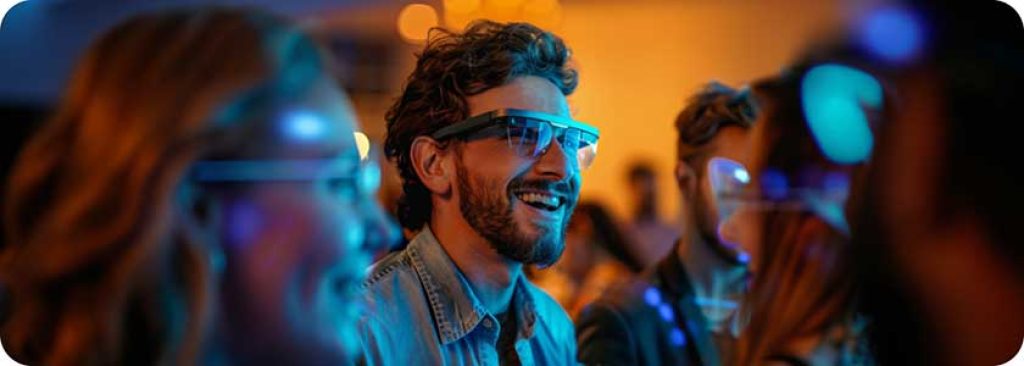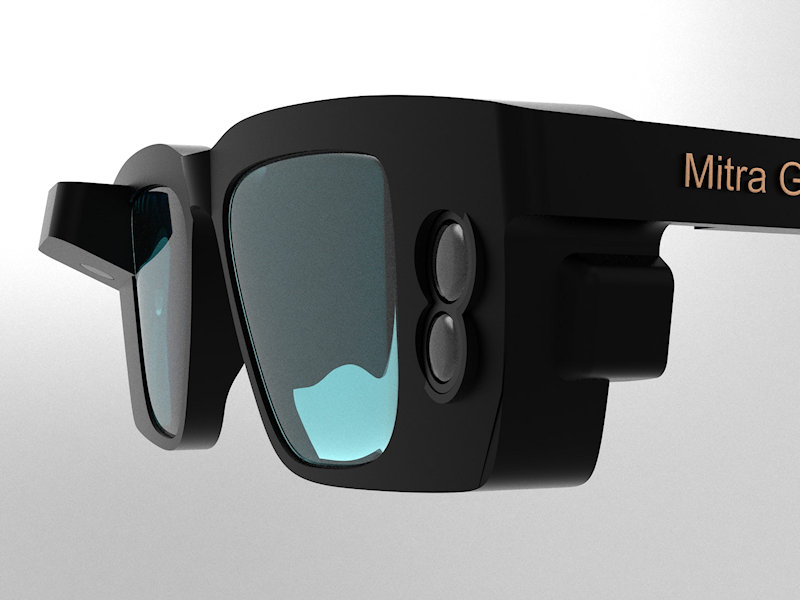Empowering Freedom With Assistive Technology for the Blind
The integration of assistive technology for people that are blind or aesthetically damaged represents a considerable improvement in promoting self-reliance and enhancing top quality of life. With a variety of tools-- from display visitors to innovative tactile tools-- these innovations not just assist in navigating and communication yet likewise advertise social addition and engagement in different facets of life.
Comprehending Assistive Modern Technology
Although assistive innovation has actually developed significantly for many years, its fundamental purpose stays the same: to improve the lifestyle for people with impairments, especially those who are visually impaired or blind. This innovation incorporates a broad variety of devices and tools that facilitate self-reliance and performance in day-to-day activities.
Assistive innovation can be classified right into sophisticated and low-tech services, each made to meet particular requirements. High-tech devices commonly consist of software program applications, specialized equipment, and adaptive devices that utilize advanced technology to supply assistance in different contexts. On the other hand, low-tech options may entail daily products that are customized to improve accessibility, such as magnifiers or tactile markers.
The integration of assistive modern technology into the lives of individuals that are blind or aesthetically hindered not only promotes autonomy however additionally cultivates social incorporation and engagement in expert and educational environments. By leveraging these innovations, customers can navigate their surroundings, access details, and communicate efficiently, therefore improving their total lifestyle. Recognizing assistive modern technology is critical for supporters, experts, and caregivers who aim to sustain people in maximizing their possible and achieving better self-reliance.
Sorts Of Assistive Devices
Assistive tools for the blind and visually damaged are vital tools that boost daily living by dealing with specific difficulties experienced by individuals. These devices can be generally categorized right into three main kinds: optical tools, electronic tools, and sensory tools.

Sensory tools, such as Braille displays and responsive maps, give alternate ways to get information. Braille shows convert digital message into Braille, making it possible for individuals to review touch. Tactile maps provide spatial understanding via elevated lines and structures, enabling much better environmental understanding.
With each other, these assistive devices encourage individuals with visual disabilities to involve more completely with their environments, promoting higher freedom and confidence in day-to-day activities.

Effect On Daily Life
The combination of assistive modern technology right into the lives of people who are blind or visually impaired dramatically enhances their capacity to navigate and engage with the world around them. Instruments such as screen visitors, Braille shows, and mobile applications facilitate access to info, permitting users to engage with digital content, connect efficiently, and take care of daily tasks individually.
Furthermore, innovations like clever glasses and navigating apps offer real-time help in strange settings, improving movement and confidence. These devices allow individuals to identify obstacles, reviewed indications, and even identify faces, thus promoting a feeling of autonomy in public rooms. Additionally, home automation systems, which can be controlled through voice commands, allow individuals to handle their living settings extra properly, boosting comfort and security.
The impact of assistive technology expands past functional tasks; it promotes social incorporation and psychological well-being. By bridging the void in between people and their environments, these innovations equip individuals to take part completely in area tasks, seek instructional possibilities, and take part in purposeful relationships. Ultimately, the advancement of assistive technology contributes in redefining the possibilities for individuals who are visually damaged or blind, causing an extra comprehensive and easily accessible society.
Success Stories and Testimonials

An additional powerful review originates from Mark, a recent college grad that used display analysis software program throughout his academic journey. This innovation allowed him to access course materials and take part in conversations, inevitably resulting in his effective check over here change right into the workforce. Mark credit reports assistive modern technology for empowering him to achieve his profession objectives, stressing its duty in leveling the having fun area for people with aesthetic impairments.
Additionally, neighborhood facilities have reported boosted participation in their programs many thanks to the intro of easily accessible electronic platforms. These platforms have made it less complicated for individuals to link, share sources, and support each other. These success tales jointly highlight the extensive effect of assistive technology in promoting self-reliance, improving lifestyle, and breaking down obstacles for the blind and aesthetically damaged area.
Future Fads in Assistive Technology
Emerging innovations are poised This Site to revolutionize the landscape of assistive technology for people who are aesthetically impaired or blind. Developments in synthetic intelligence (AI) and artificial intelligence are improving the capabilities of devices, making it possible for even more intuitive customer experiences. For example, AI-driven applications are progressively able to recognize things and check out message out loud in real-time, offering users with beneficial info about their environments.
Furthermore, innovations in wearable technology are producing brand-new opportunities for independence. Smart glasses furnished with increased reality features can overlay important details onto the user's visual field, promoting navigating and interaction with the environment. The combination of Internet of Things (IoT) devices is enhancing availability in clever homes, permitting users to regulate devices and receive notices via voice commands or responsive interfaces.
The development of braille screens and tactile comments systems is additionally increasing, promoting optician and optometrist access to digital material and boosting communication. As these modern technologies remain to advance, they promise to boost day-to-day living, instructional chances, and work leads for individuals with visual problems. Continuous cooperation between technologists, users, and advocacy teams will certainly be important in ensuring these developments fulfill the demands of the community efficiently.
Final Thought
In final thought, assistive modern technology plays a pivotal duty in boosting the independence of people who are aesthetically damaged or blind. By providing vital devices and sources, these technologies help with boosted accessibility, navigating, and interaction to info, thereby promoting freedom and self-confidence. The transformative effect of assistive gadgets not only promotes effective communication with the atmosphere yet likewise urges social incorporation and engagement in different facets of life, inevitably empowering customers to flourish within their areas.
The assimilation of assistive modern technology for individuals that are blind or visually damaged represents a significant innovation in promoting freedom and improving quality of life.The assimilation of assistive technology right into the lives of people who are blind or aesthetically impaired not only advertises freedom but likewise fosters social inclusion and involvement in specialist and academic atmospheres. Ultimately, the improvement of assistive technology is critical in redefining the opportunities for individuals who are aesthetically damaged or blind, leading to an extra inclusive and easily accessible culture.
Numerous individuals that are blind or aesthetically damaged have actually shared motivating success tales that highlight the transformative effect of assistive modern technology on their lives.In final thought, assistive modern technology plays a crucial duty in boosting the freedom of individuals that are blind or visually impaired.